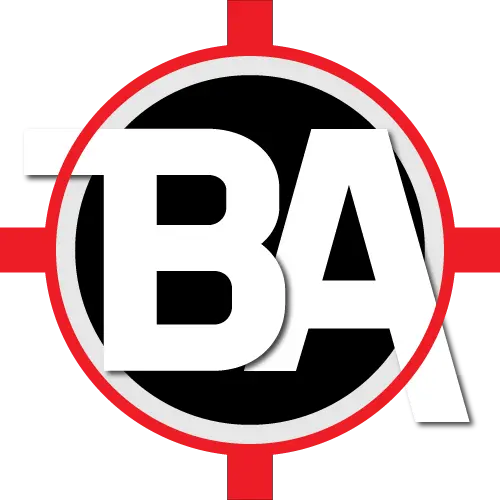
Trying to Model a Business Process? Dive into the BPMN 2.0 – a standard notation to model a business process. We’ll discuss the brief history of BPMN, the latest BPMN 2.0 notation, its usage, elements, diagramming tools, and an example of modeling a business process using BPMN 2.0 notation.
A brief history of BPMN #
BPMN = Business Process Model and Notation (originally developed by Business Process Management Initiative - BPMI)
BPMN 2.0 was released in January 2011 by OMG (Object Management Group) after it’s merger with BPMI.
The latest version is BPMN 2.0.2, published in January 2014.
What is BPMN 2.0? #
Business Process Model and Notation (BPMN) 2.0 is an industry standard for business process modelling that provides a graphical notation for specifying business processes in a Business Process Diagram based on a flowcharting technique.
The primary goal of BPMN is to provide a notation that is readily understandable by all business users, from the business analysts who create the initial drafts of the processes, to the technical developers responsible for implementing the technology that will perform those processes, and finally, to the business people who will manage and monitor those processes. Thus, BPMN creates a standardized bridge for the gap between the business process design and process implementation. (Courtesy: OMG)
Many organizations follow the BPMN 2.0 notation to model their business processes to maintain consistency. If you happen to work with such an organization, you should be able to model a Business Process using BPMN 2.0 notation.
Scope and Usage of BPMN 2.0 #
BPMN is constrained to support only the concepts of modeling that are applicable to Business Processes only.
BPMN can be used to model the following types of processes:
- Private Business Processes
- Public Processes
- Choreographies - a procedural contract between interacting participants
- Collaborations - interaction between two or more business entities
A business analyst should understand the business process, collect all the necessary information related to the process, and be able to create a process model using BPMN elements as described below.
BPMN 2.0 Elements #
This provides a small set of notation categories so that the reader of a BPMN diagram can easily recognize the basic types of elements and understand the diagram.

The five basic categories of elements are:
- Flow Objects - Events, Activities, Gateways
- Data - Data objects, Data inputs, Data outputs, Data stores
- Connecting Objects - Sequence flow, Message flow, Association, Data association
- Swimlanes - Pools, Lanes
- Artifacts - Provide additional information about the process through grouping and text annotations
Diagramming Tools for BPMN 2.0 #
It’s required to use a good diagramming tool to draw a Business Process Diagram using the BPMN 2.0 elements.
The following are the most popular diagramming tools that support BPMN 2.0 notation.
- Draw.io (Free Forever)
- Lucid Chart (Paid)
- Microsoft Visio (Paid)
These tools have both online (web) and desktop versions.
Once you collect all the required information about a business process, you can draw a BPMN 2.0 diagram using one of the above-mentioned tools.
A BPMN 2.0 diagram can be drawn with these tools by using the drag-and-drop interface. Select an element and drop it into the canvas as shown below. It’s a screenshot from the Draw.io tool.

Example of BPMN 2.0 Diagram #
Let’s take an example of an Order Fulfillment Process to understand and model this process using BPMN 2.0 notation.
Here are the steps of this business process:
- An order is received.
- Check the availability of each item in the order.
- If an item is available, proceed with the fulfillment as follows:
- Ship the item to the customer
- Do the financial settlement
- The fulfillment process ends for the item when the payment is received.
- If an item is not available, do the following:
- Initiate procurement of the item
- If the procurement is successful, do the following:
- Inform the customer about the late delivery
- The process ends when the customer is informed.
- If the procurement is not successful, do the following:
- Inform the customer that the item cannot be delivered.
- Remove the item from the Product Catalogue.
- The process ends when the item is removed.
This process is modelled using BPMN 2.0 notation as shown below. Draw.io tool is used to draw the BPMN 2.0 diagram.

Learn BPMN 2.0 Online #
If you would like to learn How to Create a BPMN 2.0 Diagram and other Visual Model Diagrams using Draw IO tool, explore our self-paced online course that explains the basics of requirement modeling and dives deep into all the Requirement Modeling Techniques with it’s use cases, step-by-step hands-on excercises, tools to create model diagrams, real-world examples and best practices to help you learn and apply these Requirement Modeling Techniques to your next IT projects.
Enroll Now to master the BPMN 2.0 Diagram!

